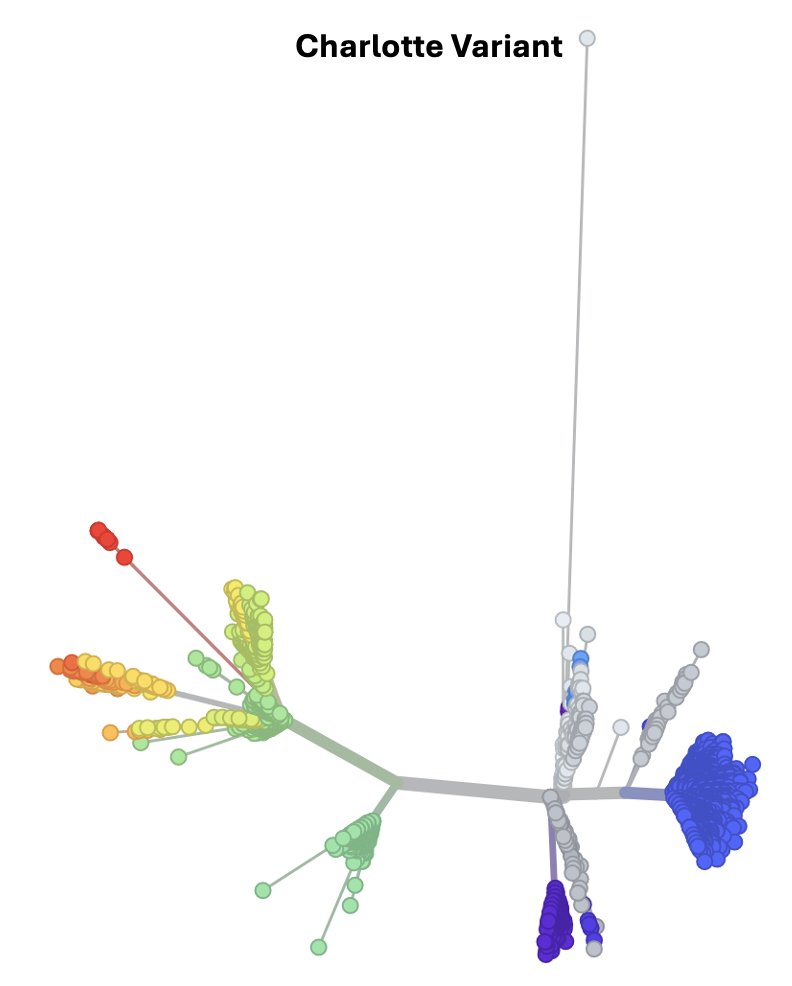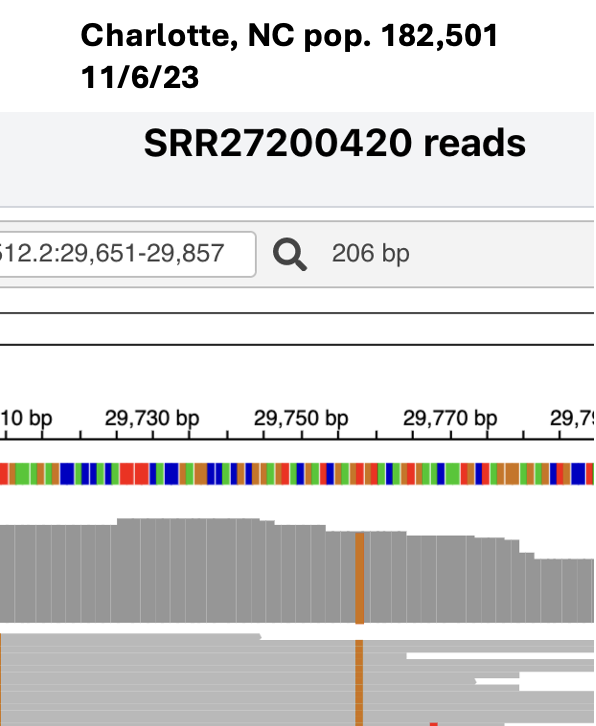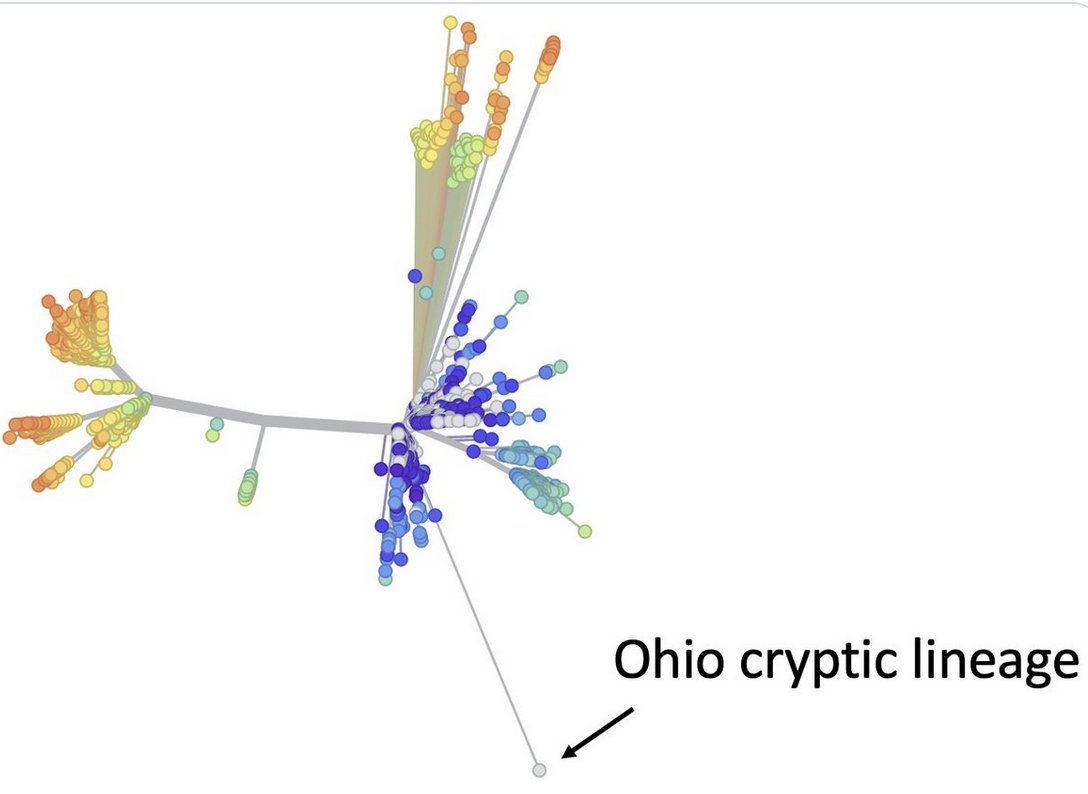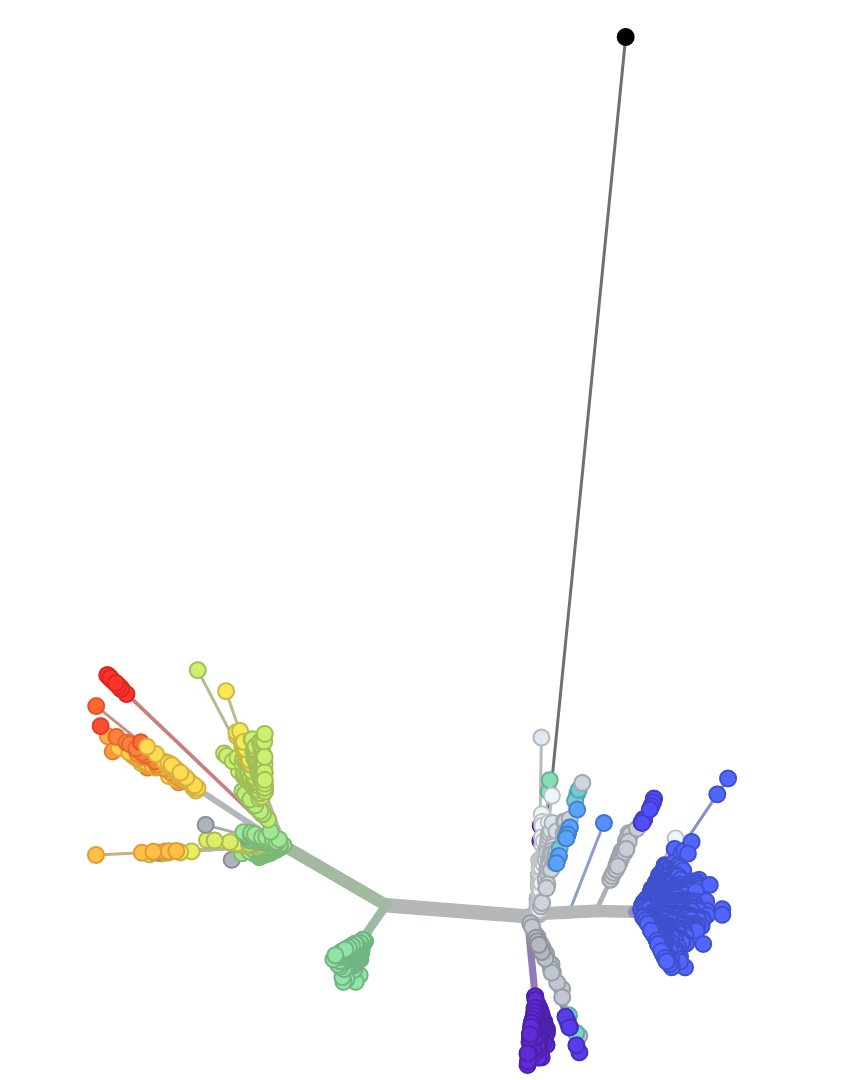
Molecular virologist, Professor, sewage sage and wastewater wizard.




 16 subscribed
16 subscribed




 16 subscribed
16 subscribed
How to get URL link on X (Twitter) App





 16 subscribed
16 subscribed

 However, then I checked and realized that there were actually 3 BA.1.1 sequences deposited from Nebraska in the last month. They are very divergent, but closely related to each other, and they are from at least 2 different patients.
However, then I checked and realized that there were actually 3 BA.1.1 sequences deposited from Nebraska in the last month. They are very divergent, but closely related to each other, and they are from at least 2 different patients. 



 I’m from the Midwest, so tornadoes and violent thunderstorm seem normal to me.
I’m from the Midwest, so tornadoes and violent thunderstorm seem normal to me.
 This is one that popped up in a screen for sequences with the s2m ‘fix’.
This is one that popped up in a screen for sequences with the s2m ‘fix’.https://twitter.com/SolidEvidence/status/1763639673237495842


 Background.
Background. https://twitter.com/SolidEvidence/status/1665444605511311362

 Late last year the Swiss deposited a whole bunch of wastewater sequences going back a few years. We screened the data and found a cryptic lineage from Lousanne in 2021.
Late last year the Swiss deposited a whole bunch of wastewater sequences going back a few years. We screened the data and found a cryptic lineage from Lousanne in 2021.


https://twitter.com/SolidEvidence/status/1674538153347276801My calculations depend on 2 assumptions.


 If you are curious why we believe that cryptic lineages are from individual patients and not some non-human source, please read this thread. The paper on this should be coming out soon.
If you are curious why we believe that cryptic lineages are from individual patients and not some non-human source, please read this thread. The paper on this should be coming out soon.https://twitter.com/SolidEvidence/status/1587551682388295680

https://twitter.com/Tuliodna/status/1752996491948327126The key question with a new variant is if it has the ability to get through our first major line of defense, our neutralizing antibodies (NA).

 In January 2021 numbers were rapidly declining, but there was uncertainty because the first major variants of concern (Alpha, Beta, Gamma) were moving in.
In January 2021 numbers were rapidly declining, but there was uncertainty because the first major variants of concern (Alpha, Beta, Gamma) were moving in. 

 DHSS just updated their wastewater data, so I can share my analysis now.
DHSS just updated their wastewater data, so I can share my analysis now. 
 With variants, relative abundance is the fraction of all sequences on a particular date that is a particular variant. As of the start of the year, over 70% of all samples sequenced were JN.1.
With variants, relative abundance is the fraction of all sequences on a particular date that is a particular variant. As of the start of the year, over 70% of all samples sequenced were JN.1.